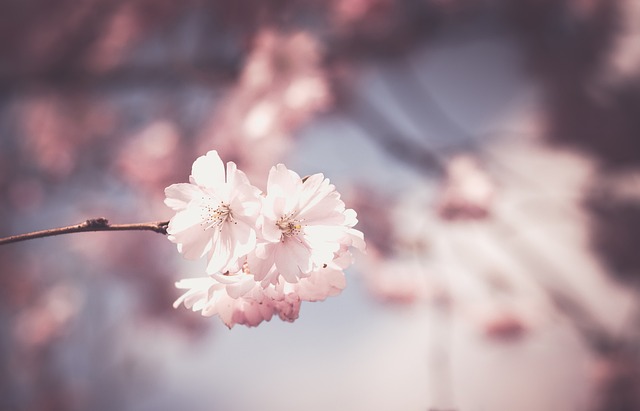Noh, a form of classical Japanese musical drama, is a timeless artform that captivates audiences with its exquisite masks, graceful movements, and unique storytelling. To truly immerse yourself in Japanese culture, witnessing a Noh performance should be on your list when visiting Japan.
1. The History of Noh: Unfolding the Scroll of Time
Noh theatre has a rich history that stretches back to the 14th century, during Japan’s Muromachi period. Developed by Kan’ami and his son Zeami, Noh evolved from ancient ceremonial dances performed at Shinto shrines. In Noh, history and tradition intertwine, offering a glimpse into the Japanese soul. Each performance is a window into the past, transporting audiences through centuries of cultural evolution.
2. The Beauty of Noh: More Than Meets the Eye
There’s an inherent beauty in Noh that transcends the boundaries of language. The haunting chants, rhythmic drum beats, and precise, stylized movements create an ethereal atmosphere. Noh performers communicate not only through words but through their bodies, revealing emotions subtly yet powerfully. A Noh mask, with its calm and almost expressionless face, becomes a canvas for emotions, shifting with the light and the angle of the actor’s head.
3. The Structure of Noh: A Lyrical Tapestry
A typical Noh play is a beautifully woven tapestry of dance, drama, and music. It often follows a five-part structure, each representing a different stage of emotional expression. The first act usually presents a travel scene, followed by the retelling of a historical or legendary story. The final act, typically serene and reflective, brings the narrative to its conclusion.
4. Noh Stages: Stepping into Another World
The architecture of a Noh stage is a marvel in itself. The simple wooden structure, devoid of elaborate decorations, is designed to draw attention to the performers. The main stage (honbutai), the bridge (hashigakari), and the backstage (kōken) all play integral roles in creating the otherworldly atmosphere that makes a Noh performance so mesmerizing.
5. Attending a Noh Performance: Things to Remember
To truly appreciate a Noh performance, understanding the etiquette is crucial. Silence is golden during performances, and there are appropriate times for applause. It’s also important to dress modestly and comfortably as performances can last several hours. Often, English pamphlets are available, providing context to the story being presented.
6. Discovering Noh: A Journey of a Lifetime
Taking the time to discover Noh is a journey of a lifetime. It’s not just a form of theater; it’s a rich tapestry of culture, history, and emotion that deeply reflects the Japanese psyche. Whether you are a seasoned theater-goer or new to traditional performances, Noh offers an experience that’s uniquely profound and remarkably memorable.
In conclusion, Noh is a silent poem, a living museum, and a form of spiritual meditation. Its artistry lies not in extravagant displays, but in the subtle, refined beauty of its expression. When you visit Japan, make sure to experience Noh—a timeless piece of Japanese culture waiting to be discovered.





